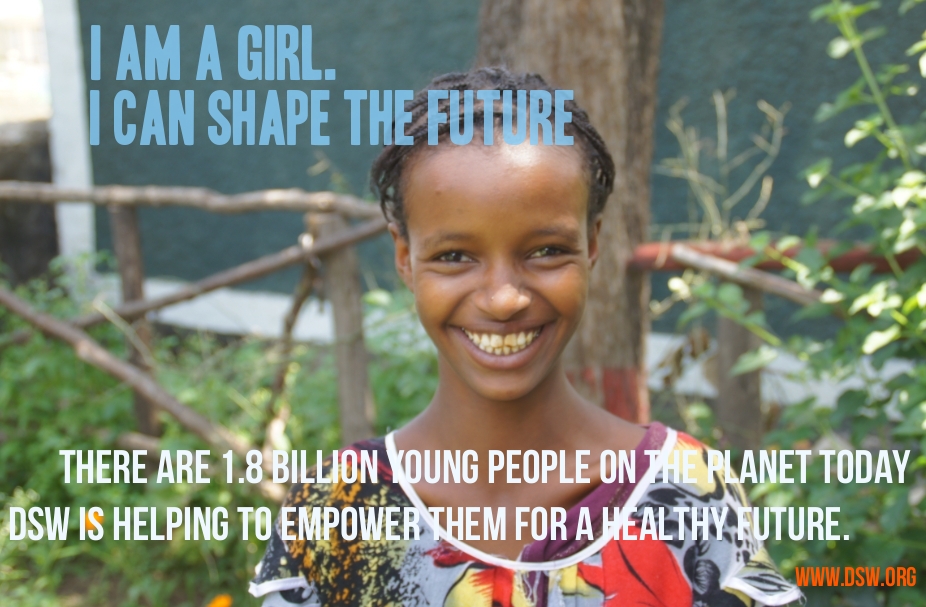Ok, let’s cut to the heart of the matter here. To the question that everybody wants to know – is our world population actually increasing? Short answer, no (at least, not really). But to really understand what is going on in world population, you will need the long answer. Actually, you may even need to ask a different question. As you will see, it is not that straightforward…
But let’s start with what we know. At the moment, the world population stands at 7.3278 billion people and this is steadily rising. Actually by the time you read this sentence, there will be a further 63 babies born and 25 people will have died! You see, world population has just now increased by about 40 people – isn’t that amazing (and the longer you think about it, the more the world’s population will have increased by that amount!). This is happening across the world but population growth is especially strong in sub-Saharan Africa – one of the poorest regions in the world.
And this brings us to the reason why we need the long answer to this question. It isn’t sufficient to just ask about the latest population numbers, we need to understand why population is rising so strongly across some countries and we need to look at the impact of this.
And the impact is stark.
Every day, over 20,000 girls under the age of 18 give birth in low- and middle-income countries. According to research from UNFPA, teenage pregnancy and childbirth are now a leading cause of death for girls aged 15 – 19 in these countries. This is a severe problem and more compounded when you think about the fact that over 88 per cent of the world’s adolescents now live in low- and middle-income countries. These countries face a huge potential having such a high and vibrant youth population, but this potential will never be realised if an estimated 70,000 young girls die each year due to an unexpected pregnancy. Think of the impact that the 7.3 million young girls who gave birth before they were ready, could have had on their domestic economies if they had finished school and entered the workforce instead. Even if they survive childbirth, it is often the case that these girls are denied their own path in life and are forced to abandon any hopes of fulfilling a proper education and securing meaningful employment. This means that if a girl is born into poverty, she will likely be forced to remain in poverty, and her children will also likely be poor, and the cycle repeats again. This is a huge loss to an economy and puts pressure on limited resources.
But is there hope for a change? Yes, but it will need to urgent action. We will need to prioritise:
– Reducing the unmet need for modern contraception: today, an estimated 220 million women and girls lack access to modern contraception. Not having access means that they are unable to decide for themselves, how many children they want to have and when they want to have them. Also, an estimated on one in three deaths related to pregnancy and childbirth could have been easily avoided if contraceptives were available to all women.
– Ending forced marriage: every day, a staggering 40,000 girls under the age of 18 are forced to marry each day – thus contributing to adolescent pregnancy, and maternal mortality.
– Securing formal education: over 31 million girls are forced to drop out of primary school (and never enter secondary or university) due to forced marriage, pregnancy, school fees, sanitary issues, and the threat of sexual violence.
– Ending inequality and discrimination: we need to secure women’s rights and end discrimination in the home, workplace and society.
– Increasing access to health services and quality sexual education: providing women and girls with quality comprehensive sexual education, and reproductive health services – including skilled health professionals before and during birth – can lead to significant advances in the prevention of unintended pregnancies and maternal mortality.
– Ensuring disease prevention: women and girls are disproportionally affected by poverty-related and neglected diseases such as HIV & AIDS, TB, and malaria. In fact, HIV & AIDS is the leading cause of death – worldwide – for women and girls in their productive years. To counteract this trend, we need more and better funding for global health research into new vaccines and medicines for terrible diseases.
These aims form the core of our work at DSW. We believe that an educated, self-determined, and healthy woman has power to lift herself out of poverty and change the destiny of her family, community, country, and creates a ripple effect for generations to come.
So, let’s recap. We know now about the current population situation, have looked at where population is growing most, the needs that exist and the drive that is needed to create a more equitable and sustainable future.
But what of this future? We know that population is rising. Are we looking at a massive world population further down the road?
No.
In fact, the growth of the world population has decreased. Demographers predict that the world population will level off in the course of this century in nine or eleven billion people. Growth is not the problem, we need to focus on ensuring that women and girls, those that make up over 70 per cent of the world’s poor, have equality and are empowered to live their own lives the way they want to live them. Only then will we have any hope of securing a better future for all.
Regardless of the final world population outcome, this is the future I want to be part of.


